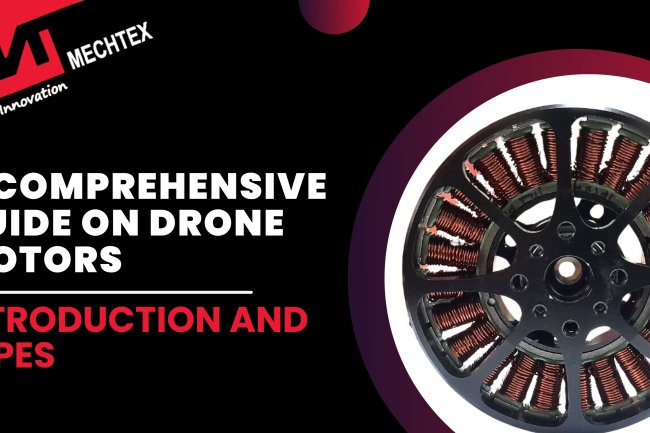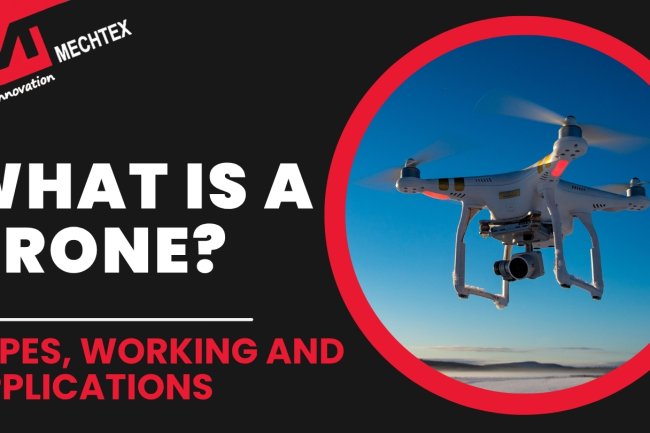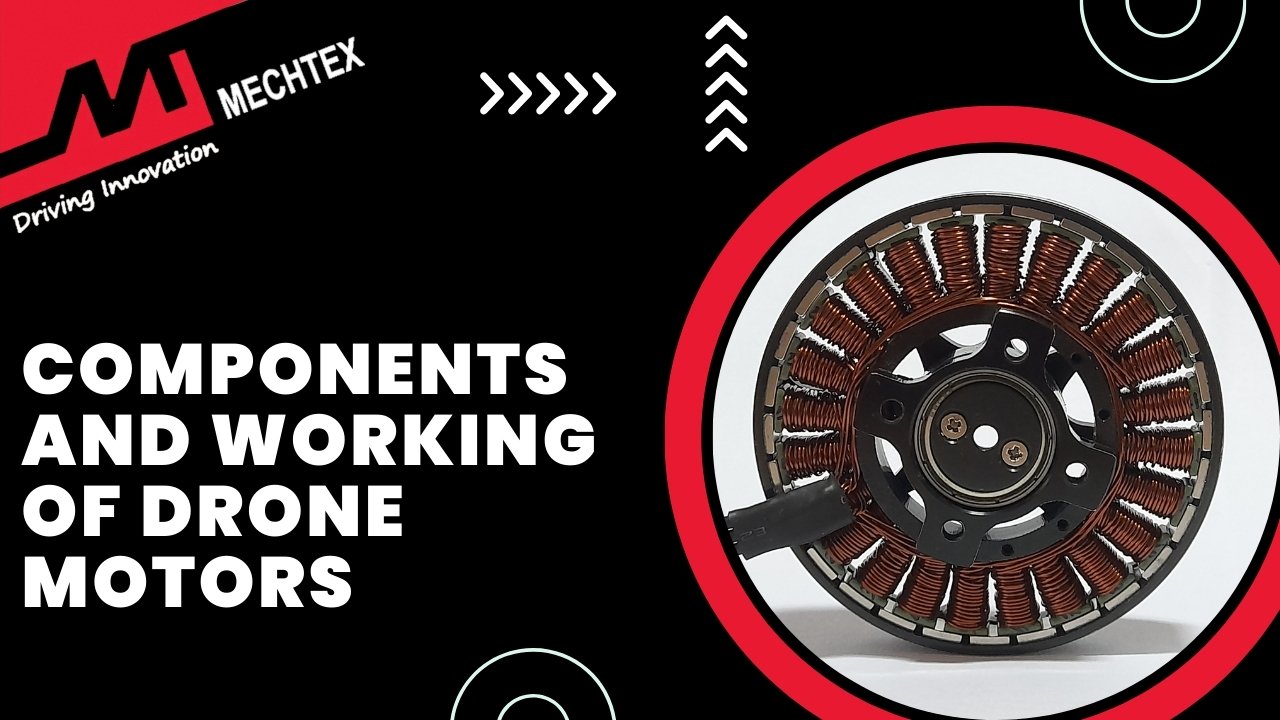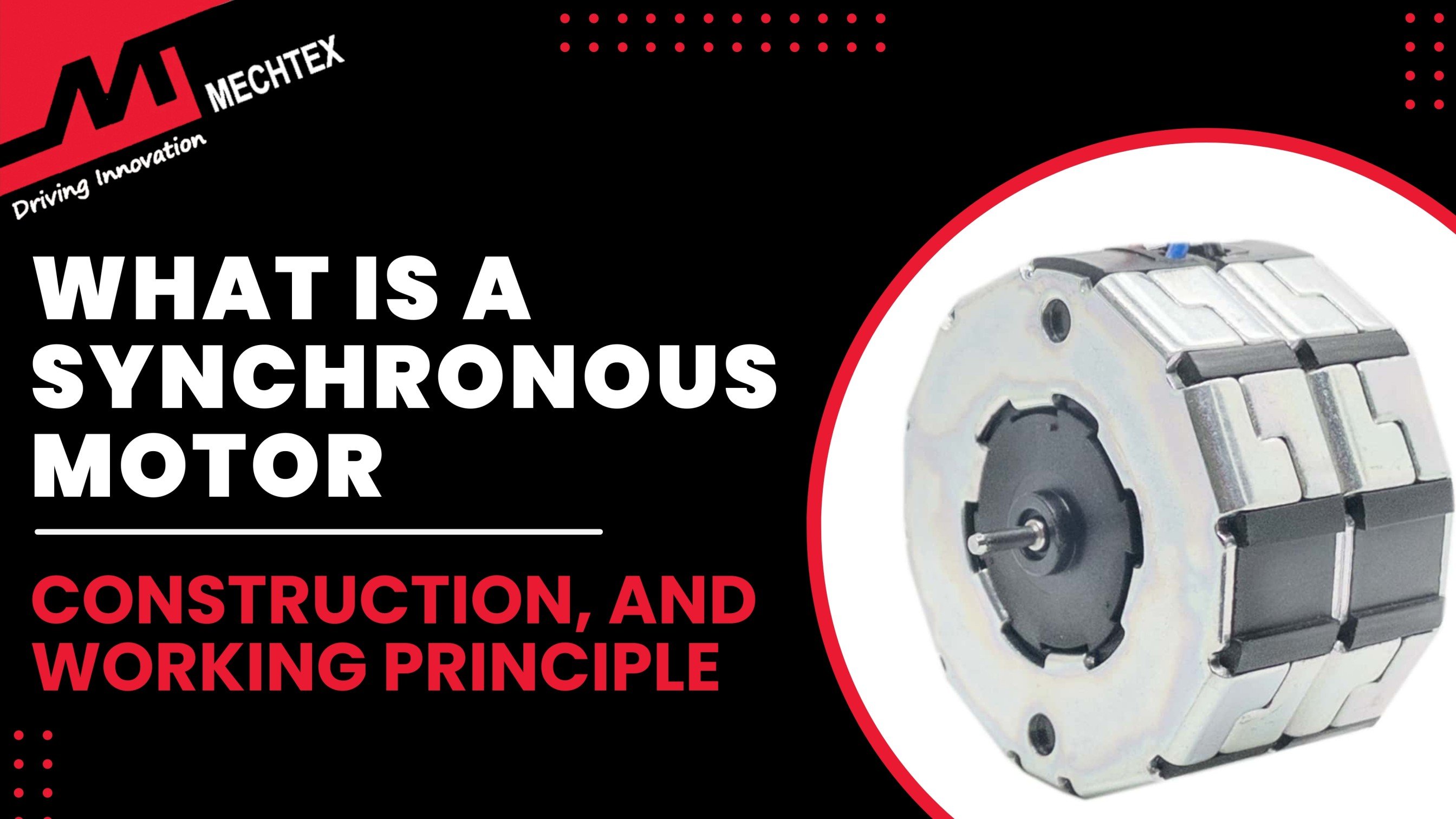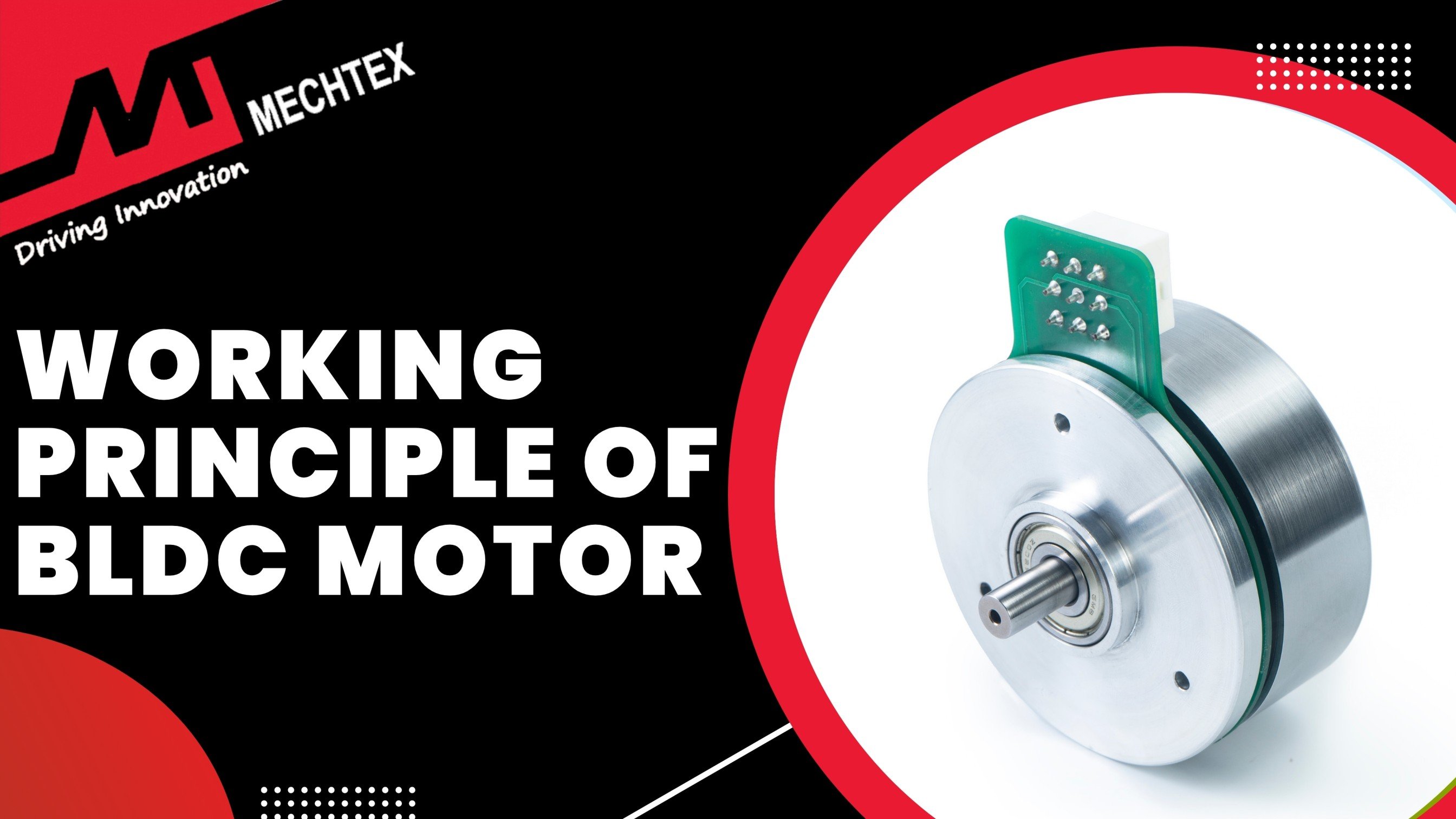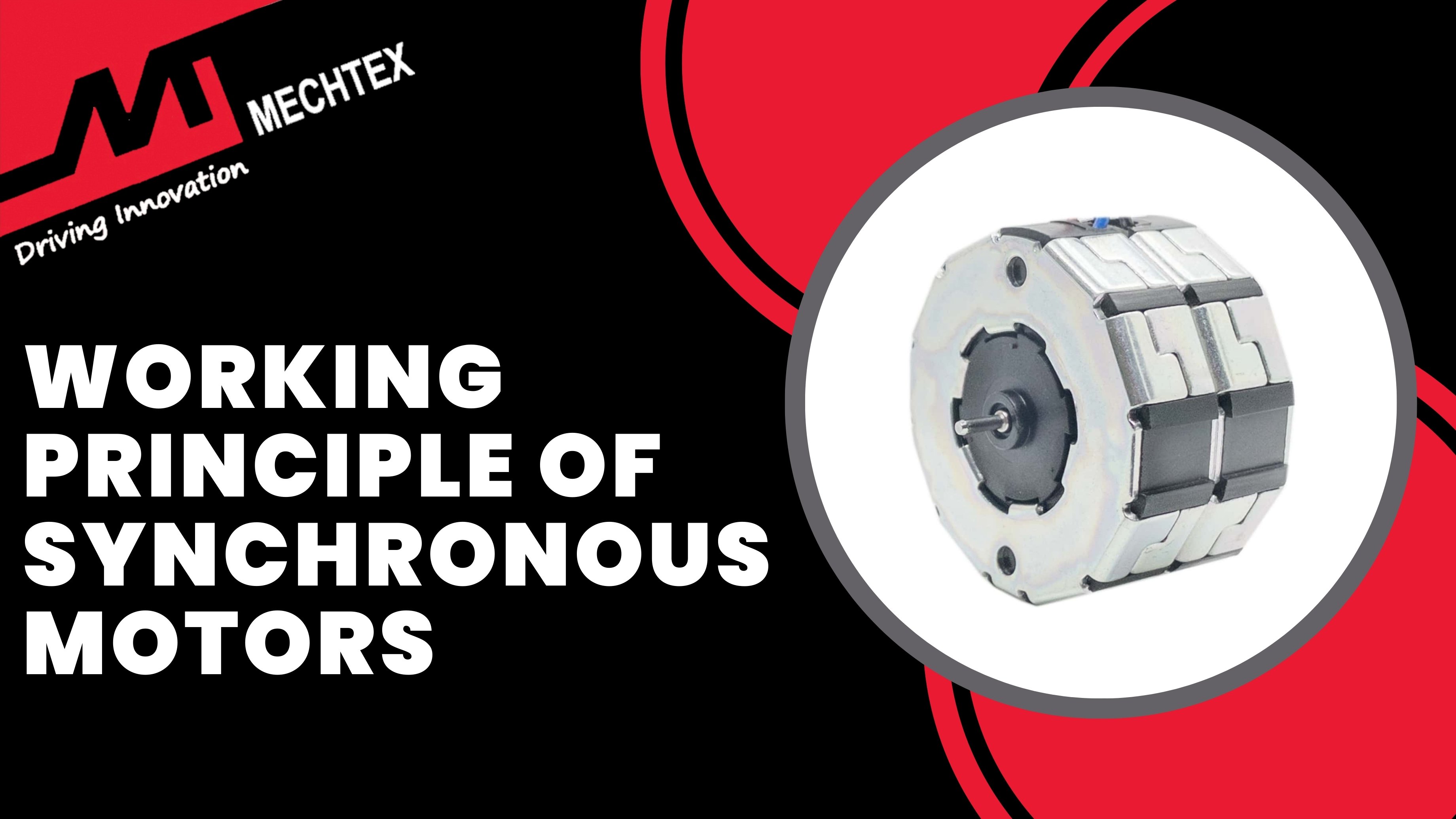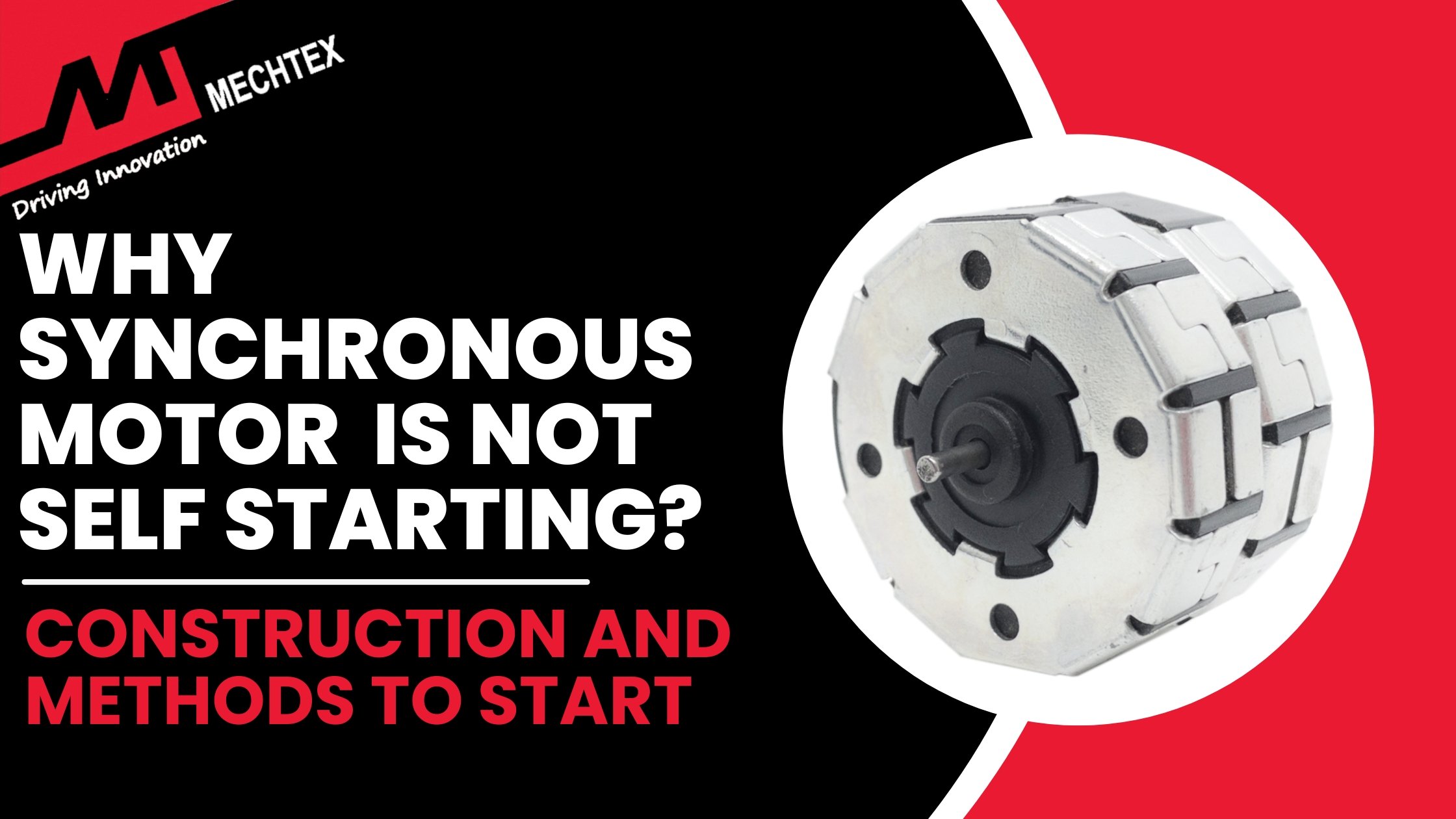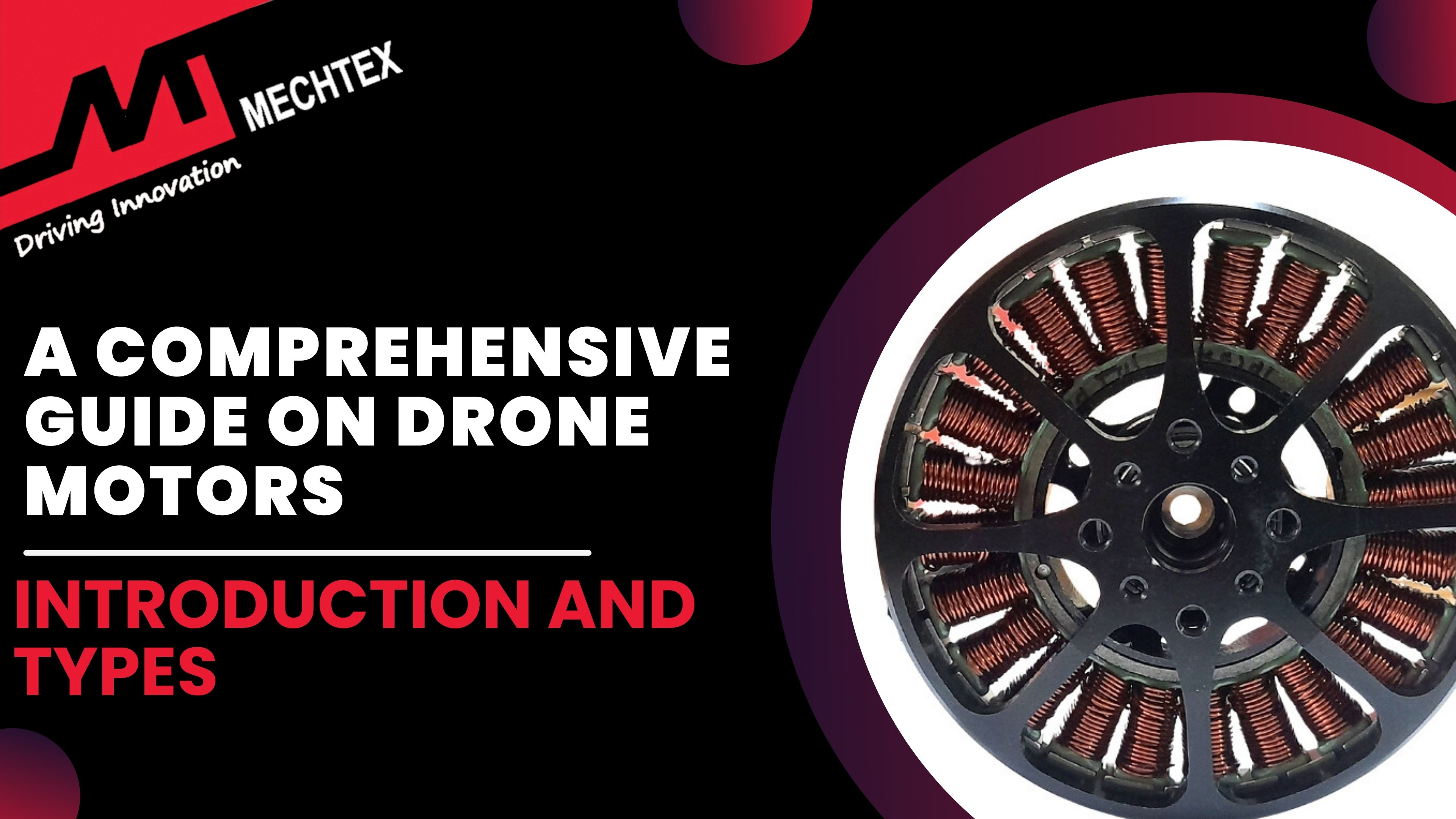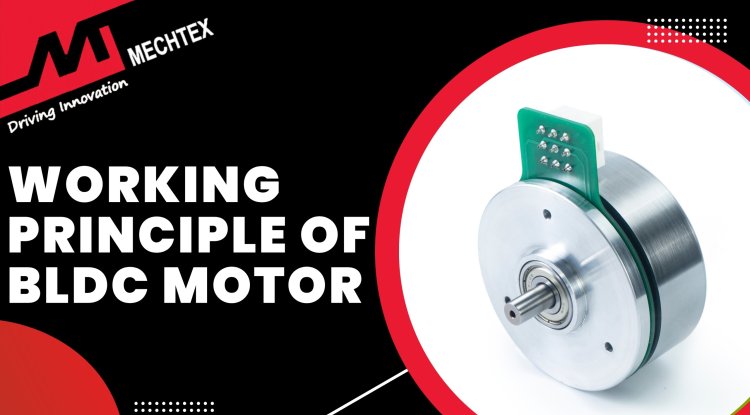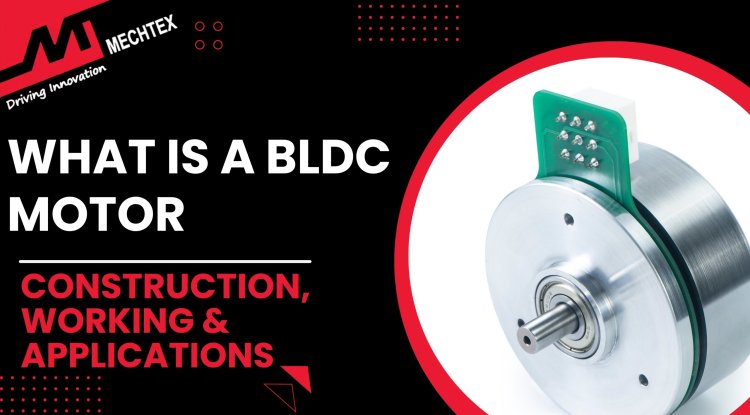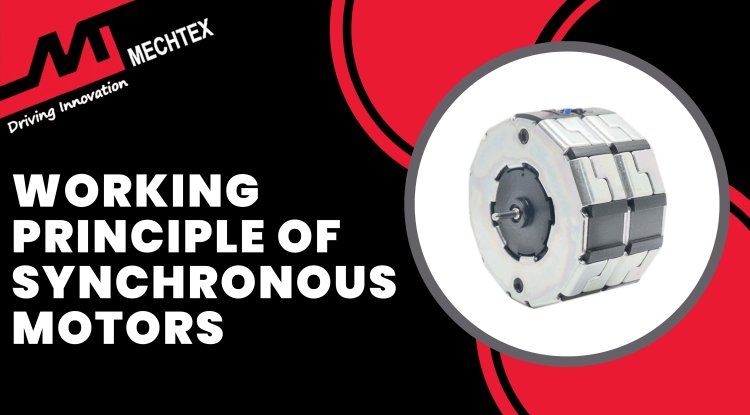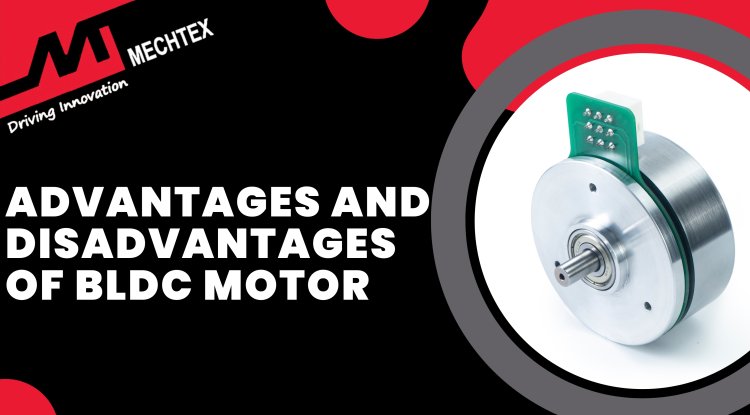Types of Drones
Some major types of drones are Fixed-Wing Drones, Multi-Rotor Drones, Single-Rotor Drones, VTOL Drones, Nano and Micro Drones. They are categorised primarily based on their design, capabilities, and applications. Read ahead to dive into the exciting world of drones.
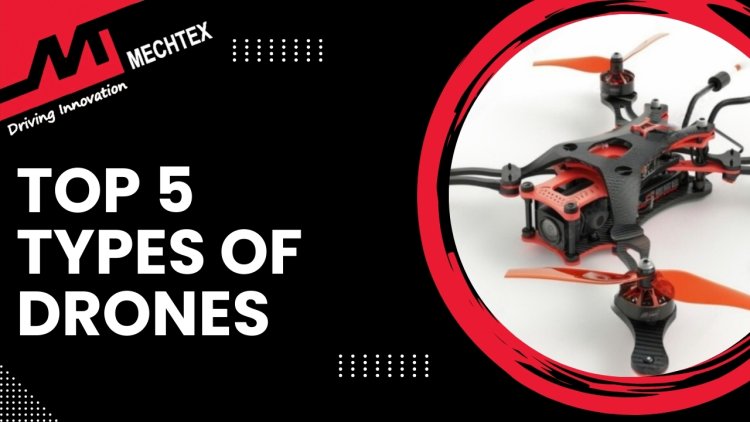
<?xml encoding="UTF-8">
What is a Drone?
A drone also known as an Unmanned Aerial Vehicle (UAV) is an aircraft that operates without a pilot. It is controlled either autonomously by computers or remotely by an operator. Drones have evolved from simple remote aircraft to sophisticated systems equipped with cameras, sensors, and communication systems.
Drones are commonly classified by their size, range and applications. Some are small and compact while others are as large as traditional aircraft. Their range also varies from a few meters for small and compact drones to thousands of kilometres for large drones.
One of the key components of drones is their propulsion system. It consists of multiple rotors. These rotors provide stability, and maneuverability, allowing it to hover and move in various directions. The drone's control system consists of GPS for navigation, gyroscopes for stability, and communication links for real-time data transmission.
Watch the YouTube Video by "Lesics" about drones.
Drones have a wide array of applications. In the military, they are used for reconnaissance, surveillance, and targeted strikes. While in the civilian sector, drones are used for aerial photography, logistics and delivery, infrastructure inspection, and disaster response. Nowadays drones have been explored in scientific research, such as in environmental monitoring and wildlife conservation.
In recent years, the integration of Artificial intelligence (AI) and machine learning in drones has expanded their capabilities. AI and machine learning enable drones to perform complex tasks such as obstacle avoidance, object recognition, and predictive maintenance autonomously. This combination of AI and machine learning with drones has driven the advancement in cities. Drones have been used for traffic monitoring, emergency response, and infrastructure management.
As technology continues to evolve, drones are poised to play even more critical roles in various aspects of society, driving innovation and opening new possibilities in various sectors.
Also Read
What are Drones | Types, Working and Applications
Types of Drones
Drones also known as UAVs come in various types, they are categorised primarily based on their design, capabilities, and applications.
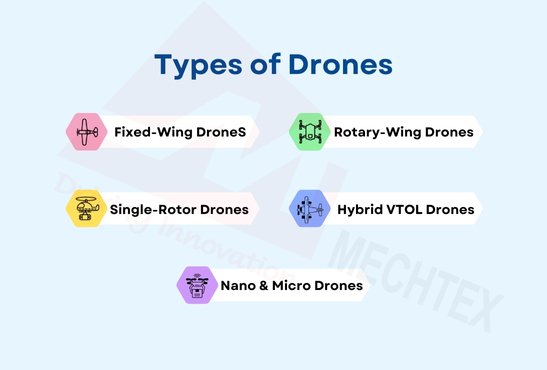
Here are some types of drones:
- Fixed-Wing Drones
Fixed-wing drones resemble traditional aeroplanes with rigid wing structures. These drones require a runway for takeoff and glide through the air. These drones are also known as Fixed-wing UAVs.
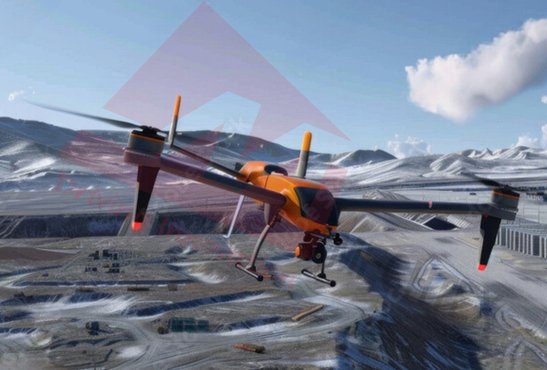
These drones are designed for long-range flights with energy consumption. These drones are ideal for applications such as mapping, surveillance, and environmental monitoring, where extended flight times are crucial.
Fixed-wing drones typically use brushless DC outrunner motors due to their high efficiency, lightweight design, and ability to provide sustained thrust for longer flight durations.
- Rotary-Wing Drones
Rotary-wing drones include multi-rotors such as quadcopters, which are used for rotating blades and generating lift for smooth take-off. These drones can hover in place, take off vertically, and are highly manoeuvrable.
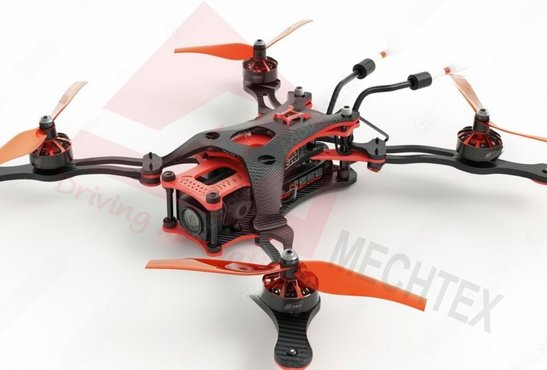
Their ability to quickly ascend, descend, and hover allows them to perform detailed inspections, aerial photography, and search-and-rescue operations with exceptional agility.
Rotary-wing drones, like helicopters and multicopters, use coreless DC motors offering high torque, efficient thrust, and precise control essential for vertical takeoff, hovering, and agile manoeuvres.
- Single-Rotor Drones
Single-rotor drones are similar to helicopters. They have one large single rotor and a tail rotor for stability. These drones offer higher efficiency and longer flight times compared to rotary-wing drones.
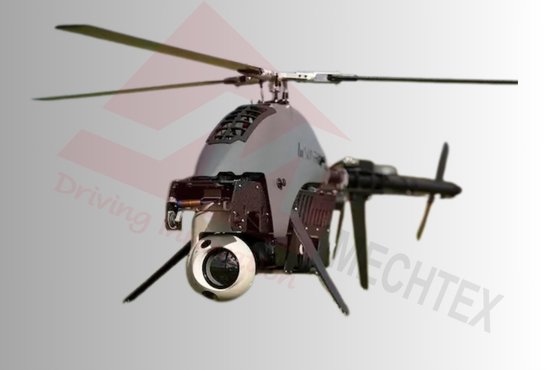
Single-rotor drones can carry heavy payloads and are more suitable for operations that require more endurance such as cargo transport or agricultural spraying. Their robust design and high lift capacity for handling adverse weather conditions.
Single-rotor drones primarily use inrunner motors are used in single-rotor drones for applications requiring high rotational speeds.
- Hybrid-VTOL (Vertical Take-Off and Landing) Drones
Hybrid-VTOL drones are a combination of both fixed-wing drones and rotary-wing drones. These drones can take off and land vertically like a helicopter and transfer to fixed-wing flight for greater efficiency like fixed-wing drones.
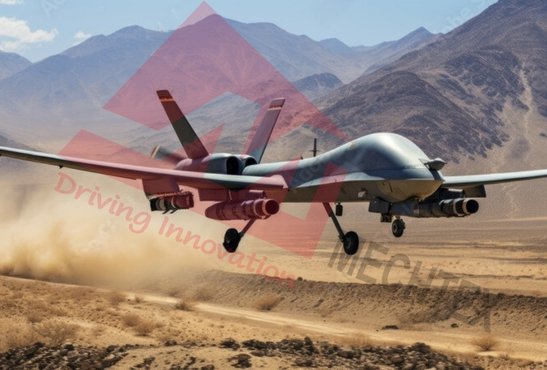
These drones can switch between hovering and efficient forward flight, making them versatile for applications such as Military reconnaissance, cargo delivery, surveying large areas, and performing detailed inspections in hard-to-reach locations.
Hybrid-VTOL drones typically use a combination of BLDC motors for vertical lift and inrunner motors or internal combustion engines for efficient horizontal flight during fixed-wing transitions.
- Nano and Micro Drones
Nano and Micro drones are extremely small drones with a weight of less than 250 grams. They are designed for indoor use or specialised applications where size constraints are critical.
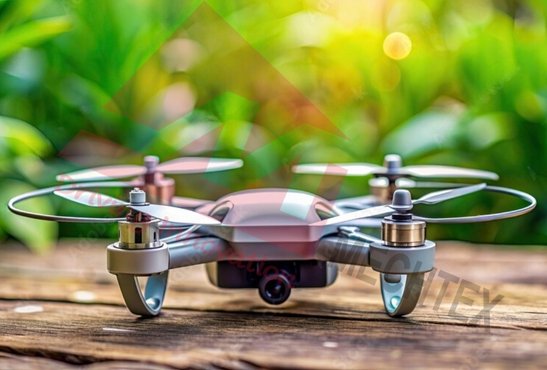
Their compact size and lightweight design make them perfect for discreet surveillance, research in hazardous areas, or even in events where multiple drones operate together in coordinated missions.
Nano and micro drones use coreless DC motors for their lightweight, compact design, and high-speed operation, or miniature BLDC motors for improved efficiency, durability, and precise control in constrained spaces.
Conclusion
There are a wide variety of drone types ranging from fixed-wing and rotary-wing to single-rotor, hybrid VTOL, and nano and micro drones. Each type is designed with unique characteristics to cater to different operational needs. As drone technology continues to advance, the capabilities of these aerial systems will expand and offer new opportunities across various fields.
Whether it's for professional, commercial, or recreational purposes, understanding the distinctions between these drone types helps in making informed decisions, and ensuring that the right drone is used for the right task. The future of drones holds exciting potential, as these versatile tools continue to revolutionise how we approach challenges in the modern world.

